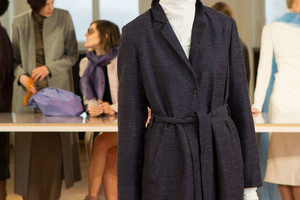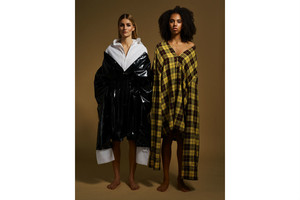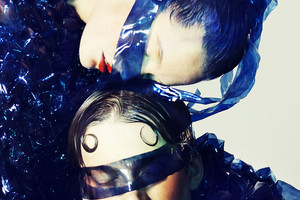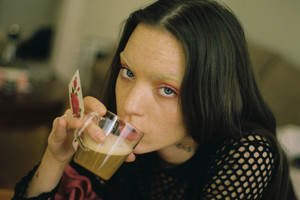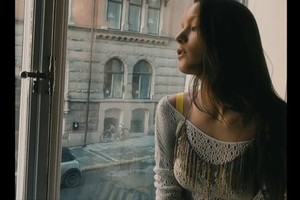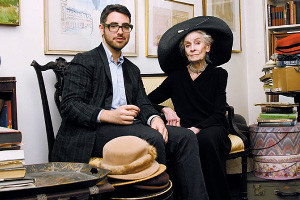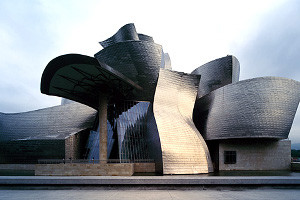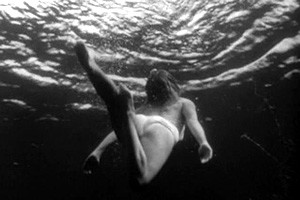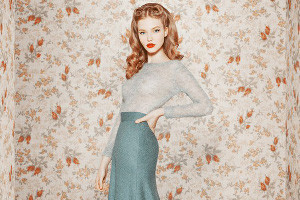Jorunn Hancke Øgstad: Art Is the Heartbeat of Society
Written by Natalia MunteanTo kick off Stockholm Art Week, we have asked several interesting people from the city’s art scene questions to explore their relationship to art and the city.
Originally from Norway, Jorunn Hancke Øgstad is a contemporary artist whose work examines and questions the rhetoric of abstract art in paintings and sculptures. She employs, among other things, both traditional and non-traditional materials such as textile dye, epoxy, and plastic on unprepared canvases to examine the properties of these materials, imitating the processes of water painting, spray painting and printing. She draws inspiration from female contemporary artists and references art movements such as pop art and abstract expressionism.
What inspired you to become an artist, and how has your artistic journey evolved?
My path to becoming an artist has been rich and shaped by a variety of influences. Creativity was always my thing, sparked by my early days soaking up music. Early on I learned to make sense of abstract languages through playing the piano. As a kid, I dabbled in everything, music, writing, acting, and dancing. Initially, I figured filmmaking would be the perfect blend of my interests, but as I ventured down that road, I felt pulled towards art academies. They seemed less conventional, and their emphasis on freedom and non-hierarchical creative processes appealed to me.
I spent years in my studio after graduating from the academy, trying out different things and putting in the hours to figure out my direction before sharing my work more widely. Eventually, things started to click. Having a kid played a role—I had to manage my time better, which meant less time second-guessing myself and more time creating. I began collaborating with the gallery VI, VII in Oslo back in 2019, and it's been a really interesting journey so far.
What is your creative process like, and how do you approach developing new ideas and concepts for your work?
When it comes to painting, I like to have a rough plan in mind but also allow the materials to guide their own narrative and take me in unexpected directions. As for exhibitions, I take cues from the space and context itself and let that shape the concepts. My personal experiences also seep into my work, although those stories are mostly just for me.
What role do you think art plays in society, and how do you see your work contributing to or challenging societal norms?
The big question! I believe art is essential – it's like the heartbeat of society, and inconceivable to imagine a world without culture. I've been giving a lot of thought lately to how art fits into societal change and the broader pushback against growing authoritarianism. While I don't think art has to be explicitly political to make a difference, I firmly believe that art, by its very nature, challenges authoritarian ideologies. However, there is this tricky dance with the commercial side of art, and we need to talk more about if and how art can effect change within the confines of a capitalist trading system.
I place my faith in the power of inclusive communities rooted in humanistic values, the kind that you often find in art circles, and I draw inspiration from the collective wisdom of my peers. On a brighter note, when you dive into art, you're basically imagining what our society could or should look like, and the world definitely needs more of that. For me, there are some core values in art that are important, and we should protect and promote them.



